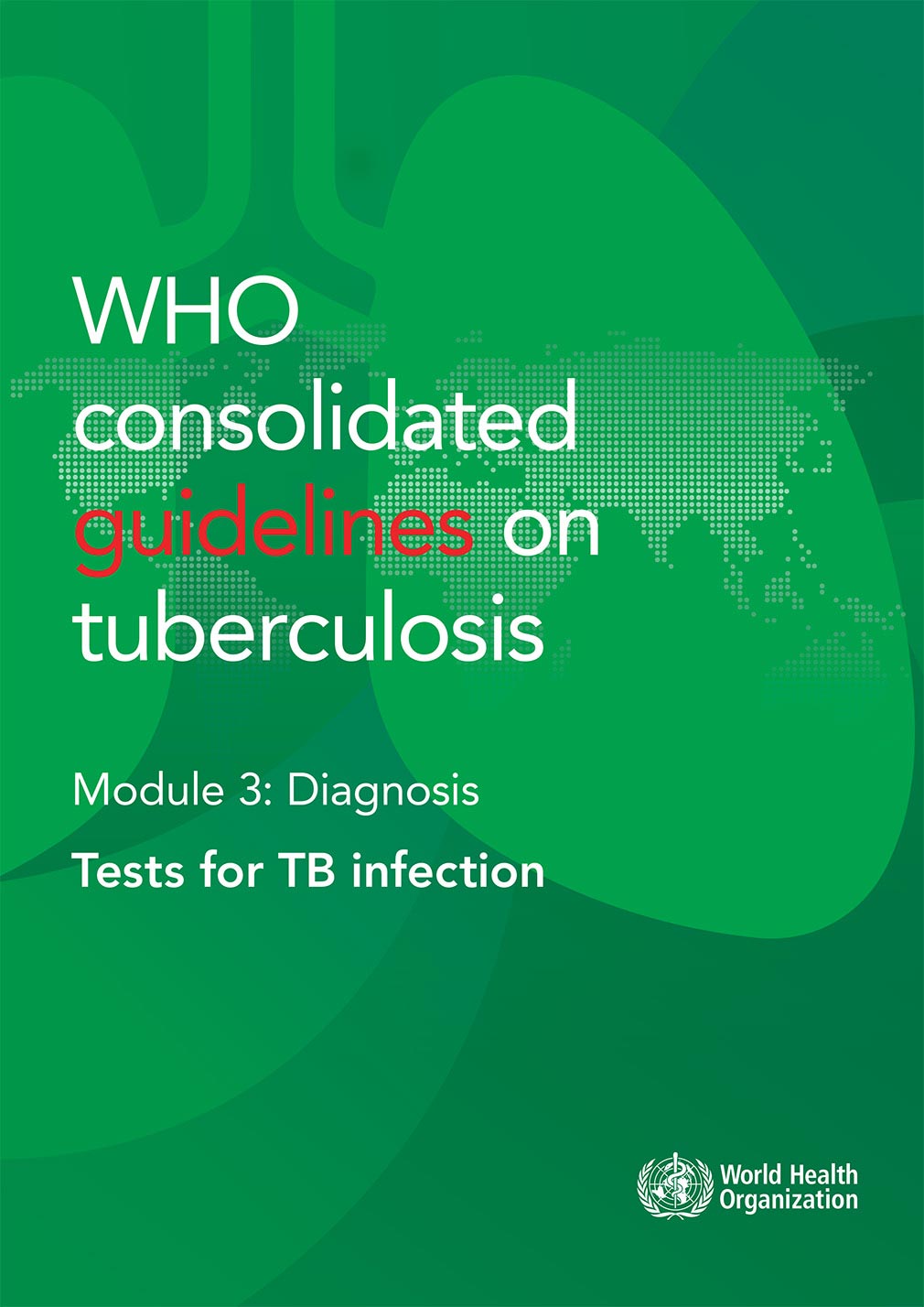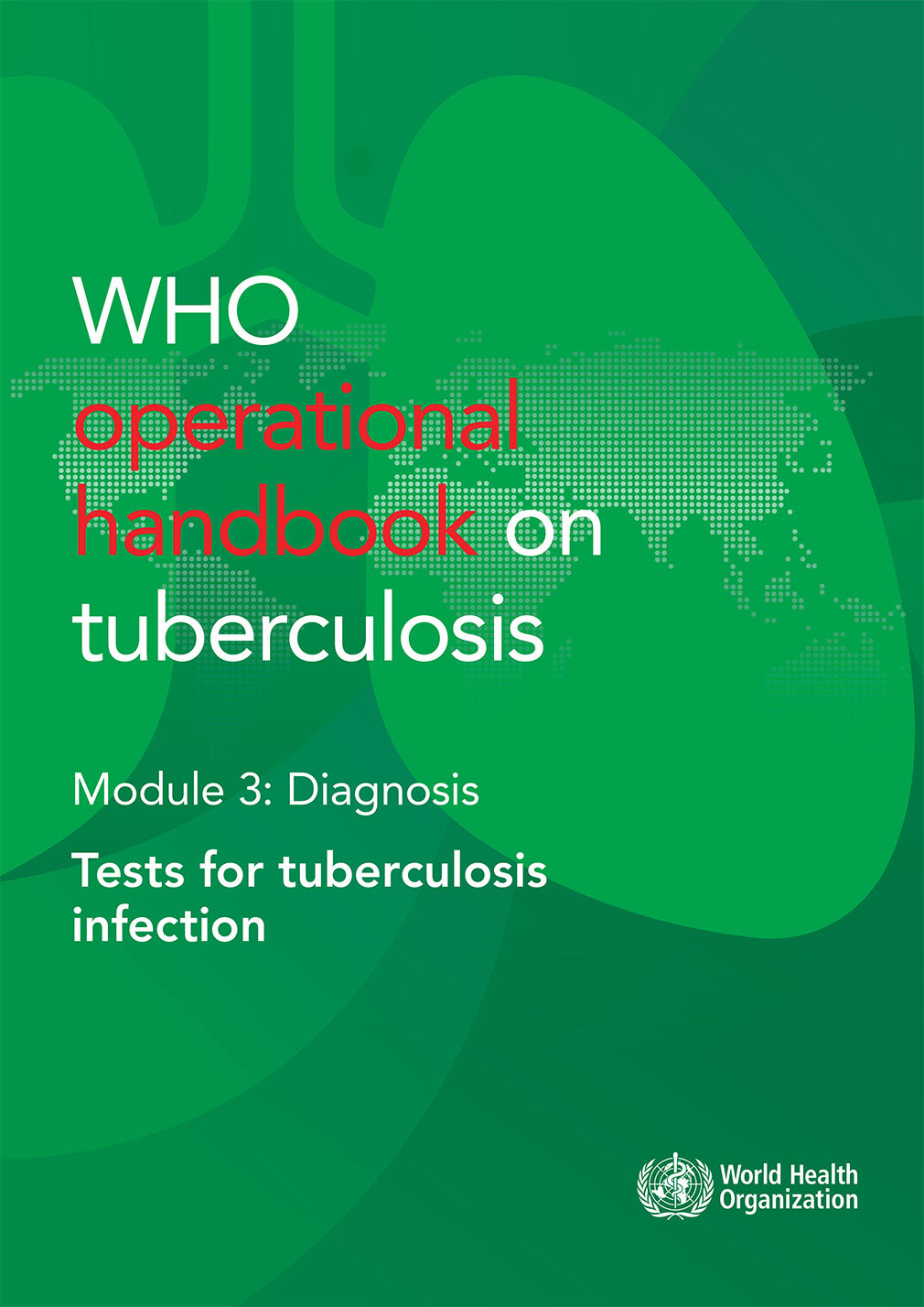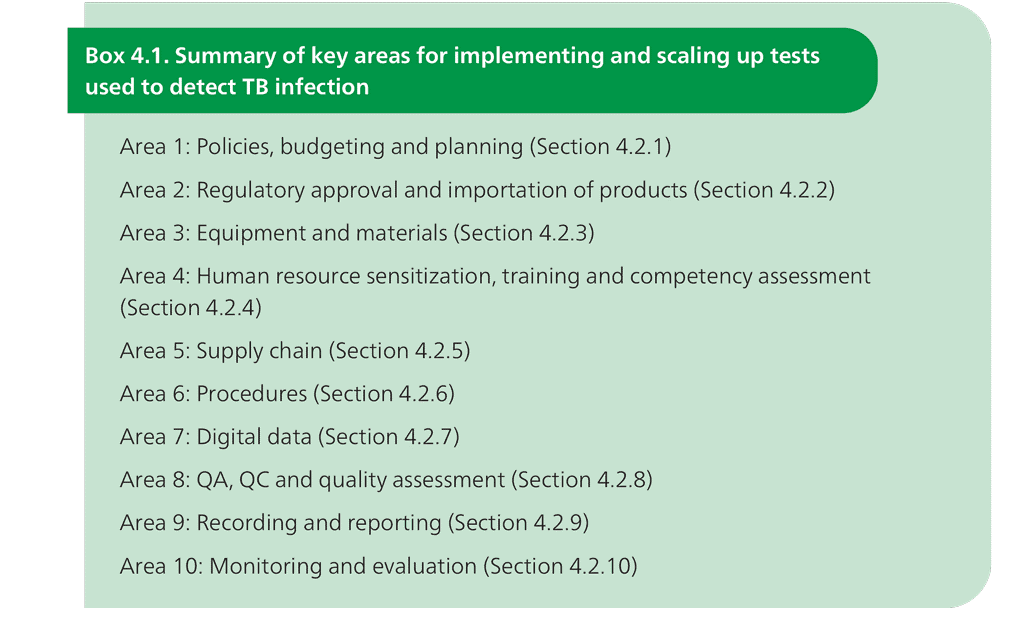A2.1 Information sheet: Practical considerations for implementation of the Abbott RealTime MTB and Abbott RealTime MTB RIF/INH tests
Abbott Molecular diagnostic solution for tuberculosis (TB) has two nucleic acid amplification tests (NAATs), one for detection of Mycobacterium tuberculosis complex (MTBC) (RealTime MTB test) and one for detection of resistance to both rifampicin (RIF) and isoniazid (INH) (RealTime MTB RIF/INH) (1). TB detection is based on the IS6110 genetic element and the pab gene targets.
 Feedback
Feedback


